Amsterdam
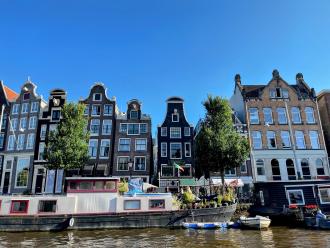
Table of Contents
This charming city truly evokes a Venetian ambiance.
Zaanse Schans
This neighborhood is characterized by its traditional Dutch windmills and distinctive green houses lining the river. Despite the weather not being particularly sunny, it perfectly encapsulates my impression of the Netherlands - lush green grass, quaint small houses, and operational windmills. Stepping into the town felt like entering a real-life fairy tale. It’s also known for producing traditional Dutch cheese made from sheep’s milk. We even saw a few playful lambs frolicking in the grass, which was an incredibly charming sight.
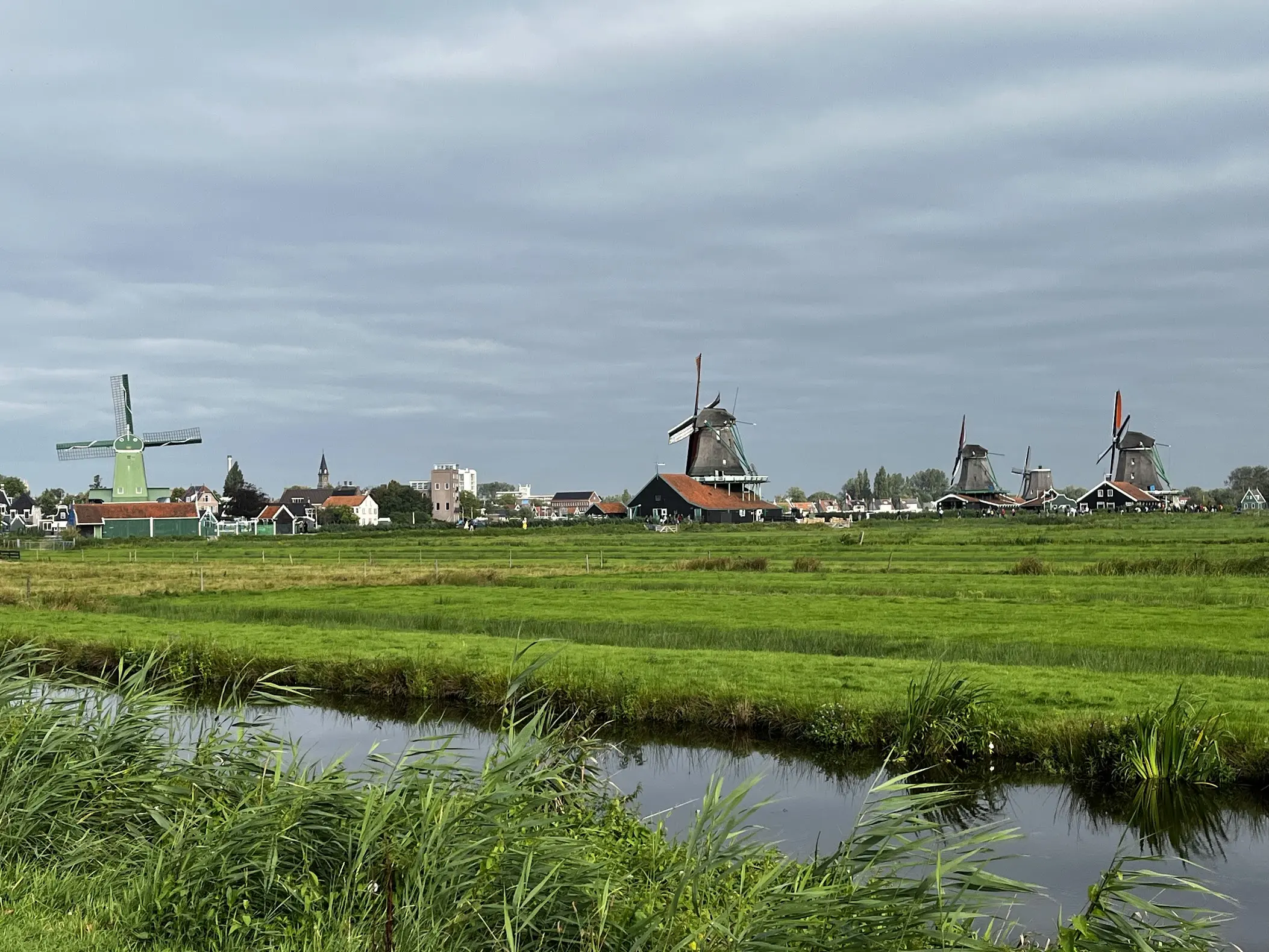
We spent a few extra euros to enter the windmill and observe the mechanics of the fan inside. The windmill, used for grinding various types of rocks, boasts an interesting structure that funnels wind into a small mill machinery, all constructed from wood. I was fortunate enough to converse with the founder of one of the original windmills, which has been in operation for decades. He exuded a distinct Dutch aura - I can’t pinpoint why, but he did - and he was generous enough to explain the workings of the windmill and the features of the top floor. It was truly enlightening to gain firsthand knowledge of this world-renowned windmill.
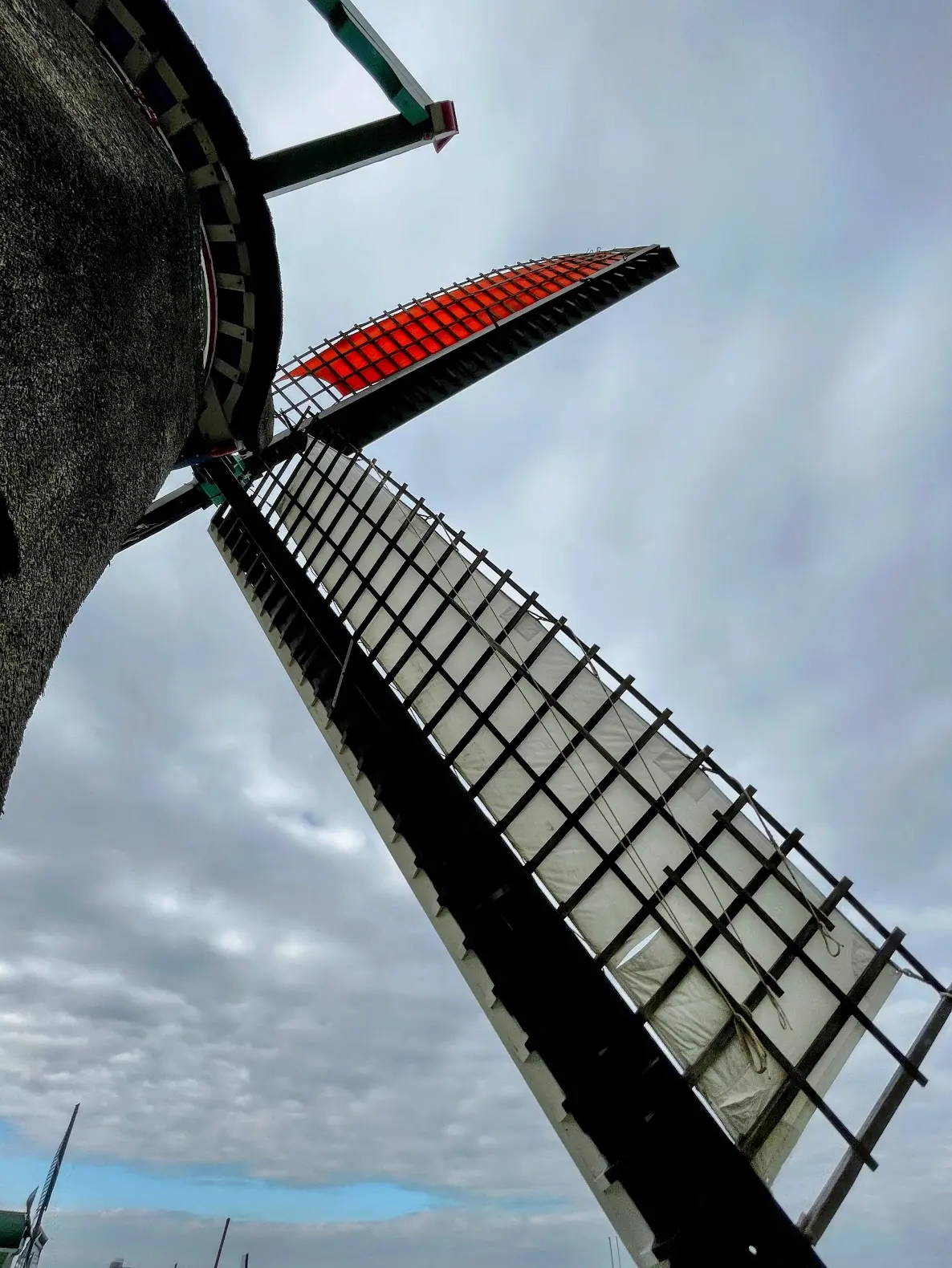
Royal Palace Amsterdam
This is, without a doubt, the most informative palace I’ve ever visited. Each visitor is given a smart audio guide, which contains audio for every room and minor attraction. I discovered that the palace was originally constructed as the city hall and was once hailed as the eighth wonder of the world. Considering it was built in the 17th century with the philosophy of representing the entire universe within its walls, I can definitely agree with that sentiment.
The palace is adorned with countless reliefs, paintings, and pieces of furniture, each with their own story. One of the most intriguing was the courtroom, which features a painting of Moses with the 10 Commandments. This symbolizes the laws of Amsterdam and the integrity its citizens should uphold. The palace is filled with such metaphorical stories, serving as reminders for those working there of the ethics and rules they should adhere to.
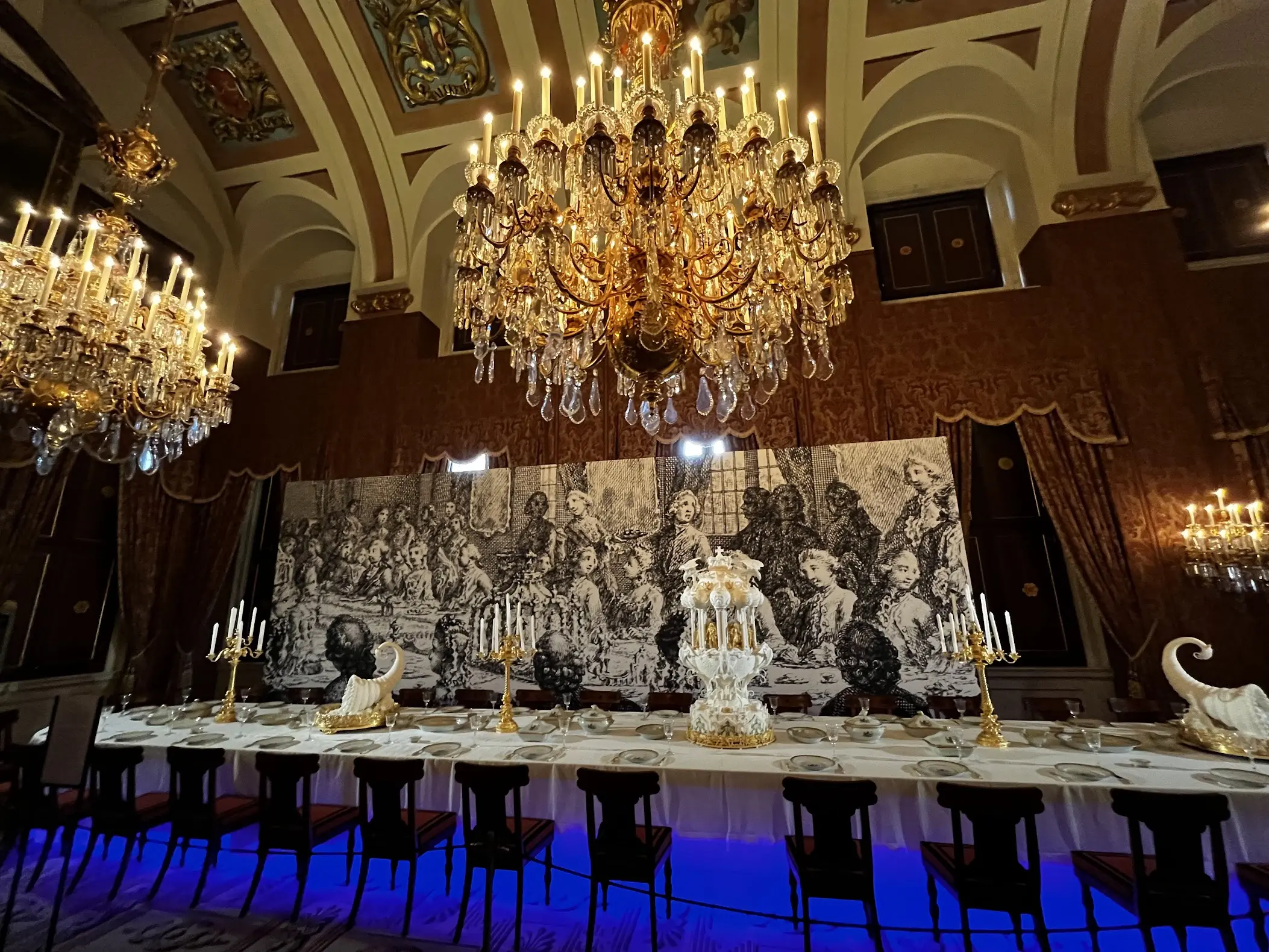
While the palace isn’t massive, consisting of only a single building, it is the largest non-religious historical structure in all of Europe. My visit was made particularly enjoyable thanks to the informative audio guide, which provided me with a comprehensive overview of the city’s and country’s history.
Van Gogh Museum
While he is arguably one of the most renowned artists globally, I only recently discovered that he was Dutch. I visited his museum with high expectations, but my limited understanding of him and art in general somewhat marred my experience. I was primarily there to see a few famous pieces, which I later learned are housed in New York. However, I had the opportunity to view Van Gogh’s Sunflower and Self-Portrait collections, which were quite impressive. Beyond his artwork, I was most moved by his profound and unique relationship with his brother, Theo, and his family, who continued to support him even posthumously.

Rijksmuseum
This is the National Museum of the Netherlands, also known as the Rijksmuseum, which houses a vast array of art collections. Unfortunately, after visiting two museums today, I was exhausted from all the walking and absorbing of information. I merely wandered through the museum, catching a glimpse of almost all the significant works such as ‘The Night Watch’ by Rembrandt, which had been under repair for years. I particularly enjoyed a few collection paintings about biblical stories, such as the one depicting Pharaoh’s decision to kill all children under 2 years old in an attempt to thwart the birth of the new Jewish King. It was interesting to see something that I could relate to and had some background knowledge on. Additionally, the portrayal and the art piece itself were amazing and visually impressive.
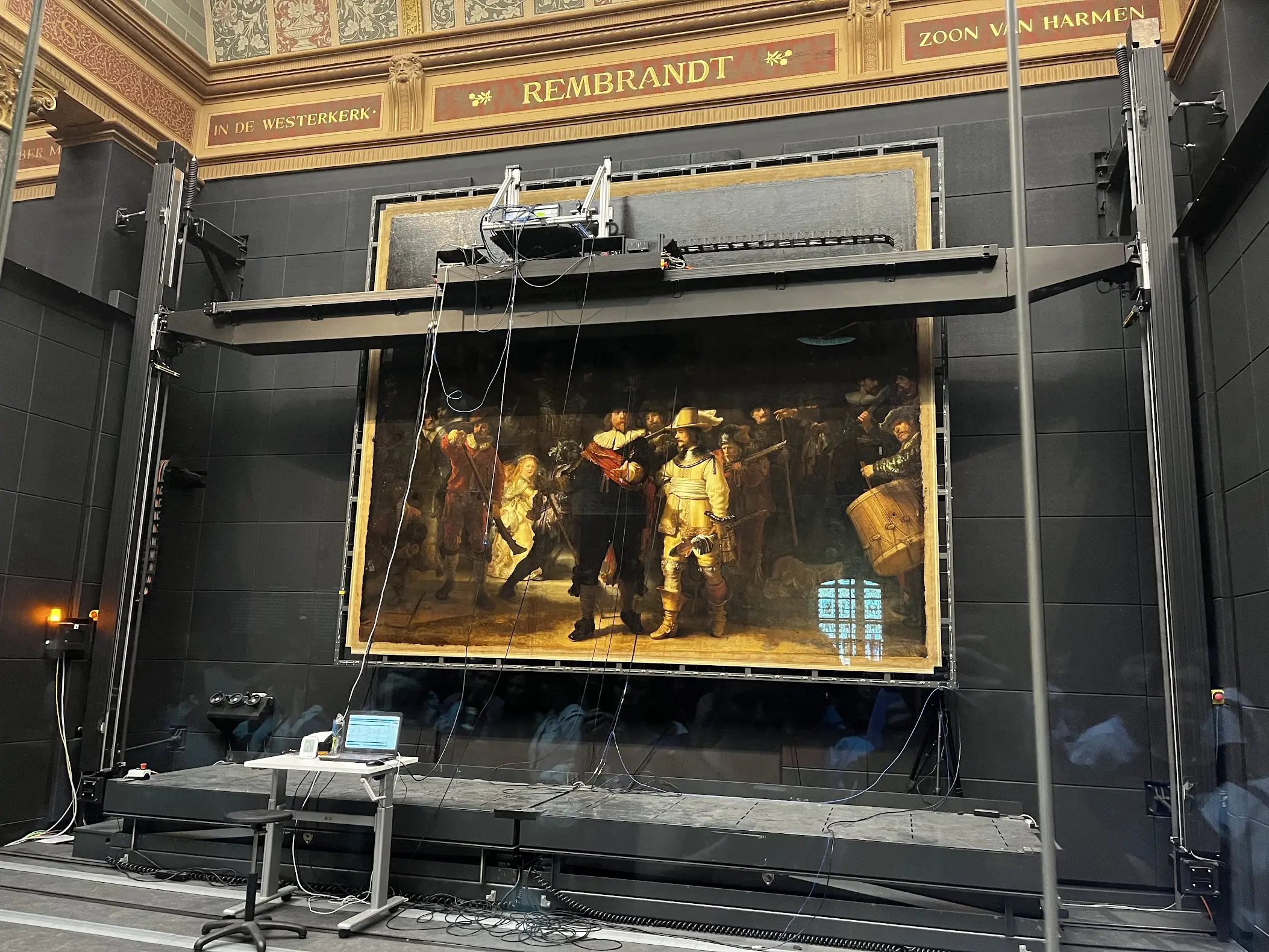
Boat Tour
We also enjoyed a boat tour around the intricate network of canals in the city. This is what I was referring to previously when I mentioned that Amsterdam reminds me of Venice due to its numerous canals. Unlike Venice, which lacks roads to an extreme degree, Amsterdam has roads, but the canals are far more convenient and plentiful. Our boat guide was quite humorous, and I learned many interesting facts about Amsterdam. For instance, the buildings in the city are very narrow because property taxes are based on width, so residents build their homes tall and narrow to minimize taxation. Furthermore, houses often lean forward because they were historically used to store spices that Amsterdam imported from the VOC from India, which were later shipped worldwide. The forward tilt of the houses made it easier to hoist cargo to the upper levels with a rope, due to the narrowness of each floor.
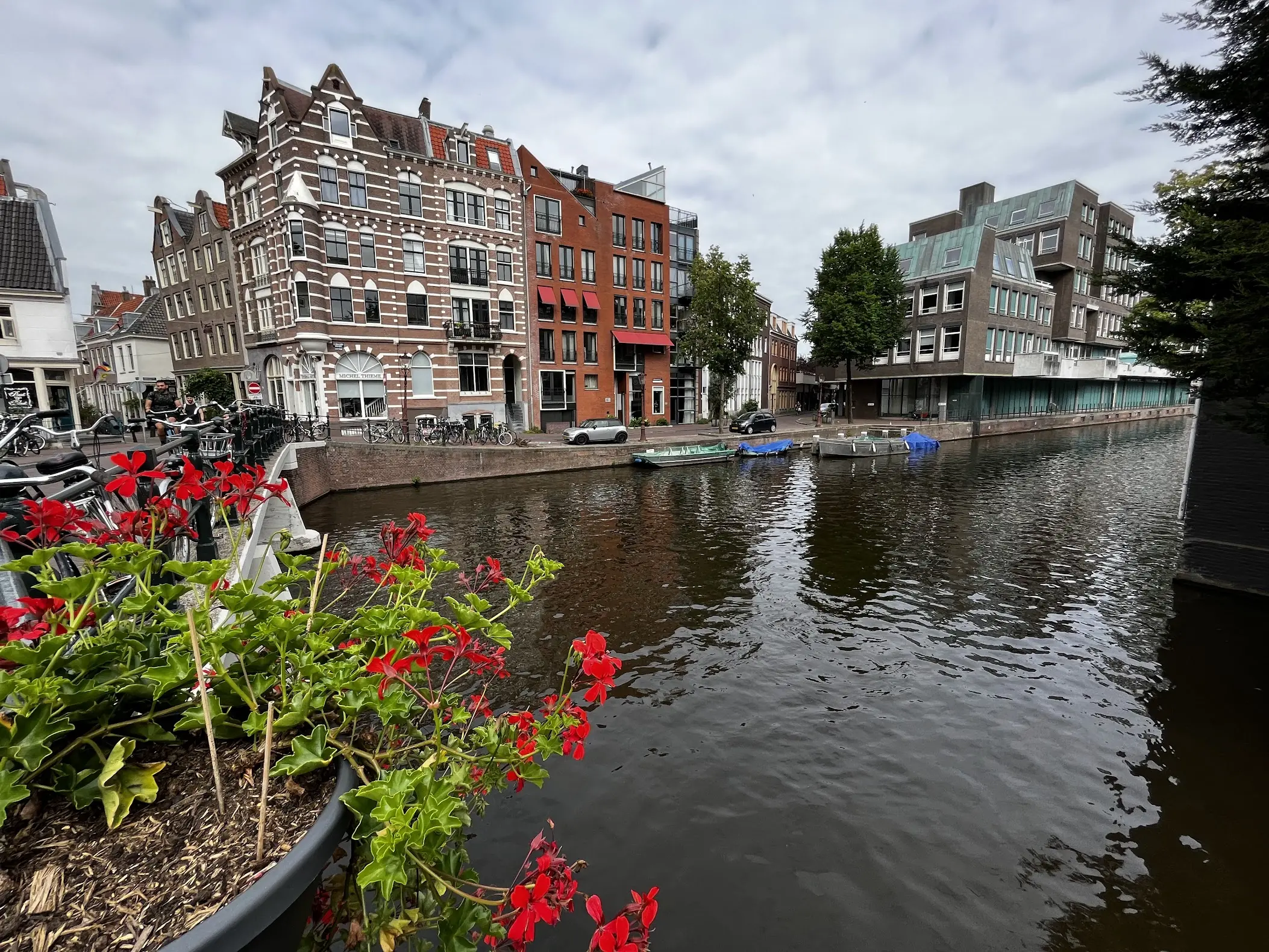
This is yet another incredible city in Europe. I’ve lost count of how many times I’ve said this, but every city in Europe that I’ve visited so far exudes its own unique and wonderful aura. I would certainly visit Amsterdam and Netherlands again if possible.